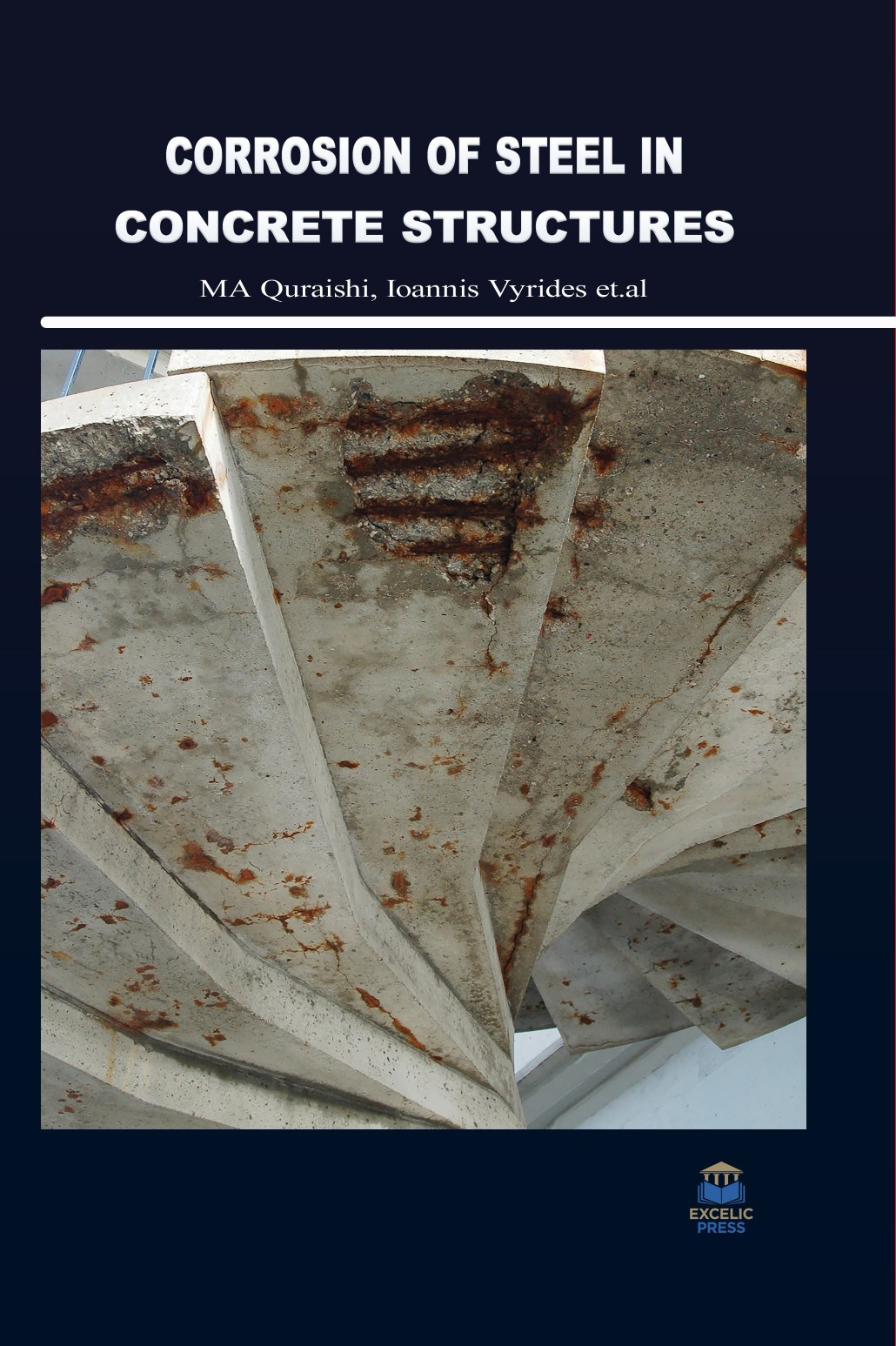Concrete is a composite material of construction that empowers the high compressive strength of natural stone to be used in any structure. Since concrete is moderately fragile in tension, provisions have to be made for the tensile stresses in the structure to be transferred to another material that is strong in tension. Concrete is thus frequently reinforced, typically with steel, but occasionally with glass fibers or polymer filaments. Structural steel is incredibly durable and will last several lifetimes if, and only if, there are certain protective features and practices put into place. Steel is certainly durable in its own right, but it is also highly susceptible to moisture damage. Once a little rust settles in, the corrosion that ensues can be extremely costly to repair and, in worst case scenarios, it can become a serious safety hazard to the building’s occupants. The damage caused by corrosion is a serious effect upon the mechanical properties of concrete structures. In reinforced cement concrete construction the corrosion of reinforcement occur due to the presence of chlorides and sulphates beyond a critical limit and when sufficient alkalinity is not obtained within the concrete to maintain steel in a positive condition. Once the corrosion of reinforcement starts due to formation of oxide and if the structure is under load, the stress acting on it increases. In such case the ultimate tensile stress (UTS) exceeds and finally the structure fails.
The volume ‘Corrosion of Steel in Concrete Structures’ highlights the corrosion of reinforced concrete structures, factors influencing corrosion of reinforcement, and its remedial measures to some extent. Extensive research work has been devoted to develop models that envisages the time for corrosion initiation. Novel kind of steel rebar corrosion monitoring techniques for steel reinforced concrete structures are dealt with. It covers not only all the important facets in the field of corrosion of steel reinforced concrete but also discourses new topics and future trends in the field.
This work will be of immense interest for researchers, practitioners and engineers who are involved in corrosion of steel in concrete structures and materials characterization. The book will also be essential reading for undergraduate and postgraduate students in infrastructure corrosion.













